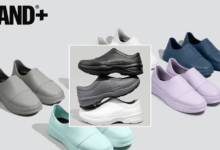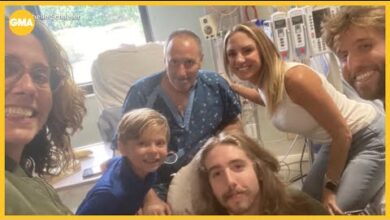New bitesize learning videos on bed handling and immobile patients

Nursing Times has launched a new set of bitesize learning videos that form part of an educational package on supporting patients who are confined to bed in hospital or other care settings.
Immobility in older patients who have been admitted to hospital can lead to many complications and challenges.
For example, it is known that, while they are in hospital, older patients who are immobile are more likely to lose some of their capacity to perform activities of daily living.
Management of immobility in the hospital population is key in ensuring they do not suffer from loss of muscle mass and strength – known as deconditioning – leading to greater physical dependency.
Deconditioning is one of the most common reasons for prolonged length of stay in hospitals and can also increase the risk of falls and the development of pressure ulcers.
Meanwhile, research has shown that being in hospital for more than 10 days can lead to 10 years of muscle ageing for patients who are aged over 80 years.
As a result, we have created a series of short educational videos on how to improve care for hospital patients who have limited mobility.
We have produced five videos exploring the importance of early mobilisation, moving patients from lying to sitting to standing position, caring for patients confined to bed and care giver safety.
They are intended to help you to organise learning to fit in with your schedule, providing concise information accompanied by learning activities to support continuing professional development.
This project has been funded through an educational grant by our commercial partner – medical equipment manufacturer Medstrom.
The videos are designed for general nurses working in acute, community and care home settings, as well as student nurses.
They are also intended as a teaching resource for nurse educators, tissues viability nurses and moving and handling advisers.
Our collective aim is to create provide accessible educational content nurses can use to develop their practice and improve the care of patients with reduced mobility.
We also want to challenge nurses to view electronic profiling beds as essential equipment to promote early mobilisation and preventing patient harm associated with bedrest.
Each video features an interview with a nurse who is expert in bed handling and patient mobility. Each video is also accompanied by a factsheet and self-assessment quiz.
The five videos available in the Beyond a hospital bed: from mobility to tissue viability series are:
- Immobility and how we can prevent its consequences – this video gives an overview of the causes of immobility and its impact on body systems, and describes how to minimise complications.
- Transferring a patient safely from a bed to a chair, both independently and with assistance – this video provides an overview of various factors that need to be considered when mobilising a patient from a bed to a chair.
- Optimising respiratory function of the immobile patient – this video explains how normal lung function and perfusion works, and demonstrates how this is compromised when a patient is confined to bed.
- Pressure ulcer prevention and maintaining muscle function of patients confined to bed – this video looks at how skin breakdown and pressure ulcers can occur in bed-bound patients, and the anatomical areas that are particularly at risk.
- How to stay safe when you are moving patients or helping them to move – this video emphases the importance of maintaining a healthy posture and position when attending to patients, and describes how an electronic profiling bed can assist caregivers in repositioning patients.
Our bitesize learning videos on supporting hospital patients who are immobile are available to watch free of charge for all users of Nursing Times. Complete the form below to access the videos:






